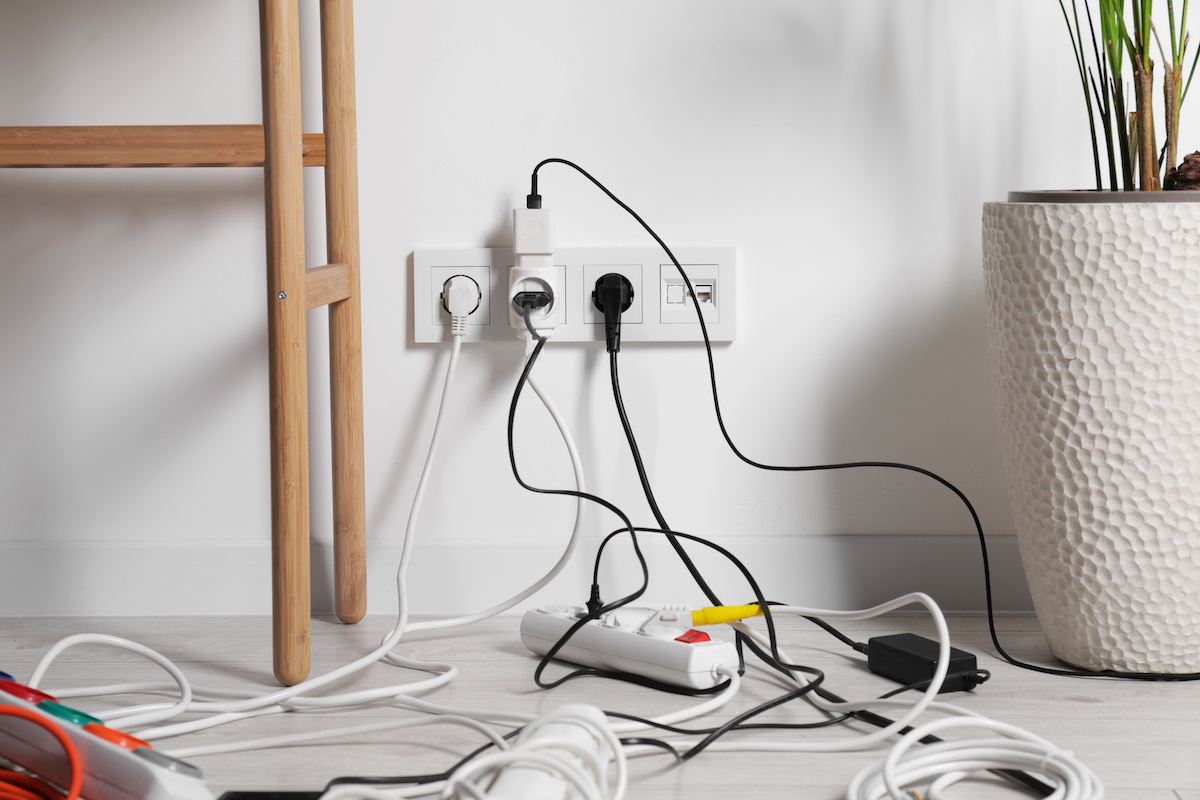Most whole-house surge suppressors will not have effective protection without a ground. The protector also must provide a vital path for overvoltage each time grounding is needed. If the grounding resistance is too high, surge current cannot be effectively diverted, thereby greatly decreasing the protective effect.
1、Basic Operational Principle of Surge Protector
Surge protectors absorb and divert surge currents using internal Metal Oxide Varistors (MOV) or Gas Discharge Tubes (GDTs). They then direct excessive current to the ground when the voltage suddenly increases, thereby protecting electrical equipment from damage.
When current flows into the surge protector but cannot flow back out (due to no path to ground), current will build up inside the surge protector component, which may result in:
-
Failure to Divert Surge Current: This may cause the surge current to flow back into the device, leading to continuous operation and potential damage.
-
Failure of the Protection Function: The surge protector cannot protect voltage changes between L-G (line-to-ground) and N-G (neutral-to-ground).
If an MOV becomes too hot, it may fail, creating a risk of fire and damaging internal components.
A surge protector should have grounding resistance according to IEC 61643-11, which requires a resistance of less than or equal to 10 ohms for proper functioning.
2、Risks in Household Appliances
Connecting a household device to an ungrounded surge protector could cause short-circuiting or fire. According to the 2019 China Household Electrical Safety Report, poor grounding accounts for more than one-fifth of all electrical accidents.

For example, a user connected their air conditioner to an outlet strip that lacked a ground. The surge protector failed to divert current during the overload, and the air conditioner compressor burned out, resulting in a loss of ¥15,000.
Conclusion: Consumer electronics need to be grounded correctly with a surge protector; otherwise, it will not provide adequate safety.
3、Application in Industrial Machinery
Surge currents in industrial equipment, especially heavy-duty motors and transformers, are even higher. When current accumulates in the surge protector without grounding, it can cause overheating of motor windings or transformer coils, leading to a shorter lifespan of the device.
In one instance, a transformer overheated and melted because a factory used an ungrounded surge protection device that did not allow the dissipation of surge currents. The Industrial Electrical Protection Annual Report found that this type of accident occurs 28.6% more frequently in ungrounded systems.

Suggestion: If the industrial equipment grounding cannot achieve the desired effect, isolation transformers or relevant electrical protection devices from commercial EMS products can be used.
4、Solutions for Ungrounded Surge Protection
-
Use a Grounding System: Attach a ground wire and reduce the grounding resistance to below 10 ohms.
-
Utilize Isolation Transformers: Isolate surge currents to self-grounded circuits.
-
Update Your Surge Protectors: Select surge protectors with built-in multiple protection mechanisms, such as devices with thermal fuses.
If the surge protector is not properly grounded, achieving complete protection is very difficult. Correct installation and reliable electrical grounding can prevent severe surge damage and ensure that equipment and circuits remain safe.
